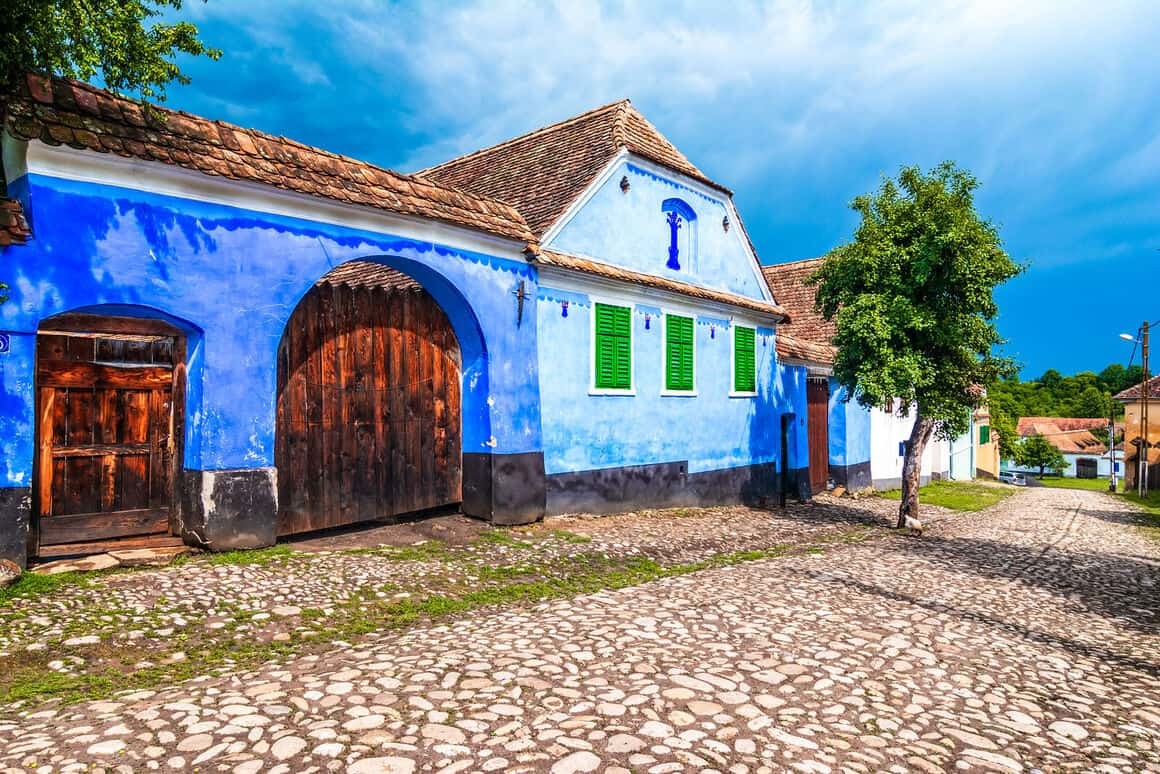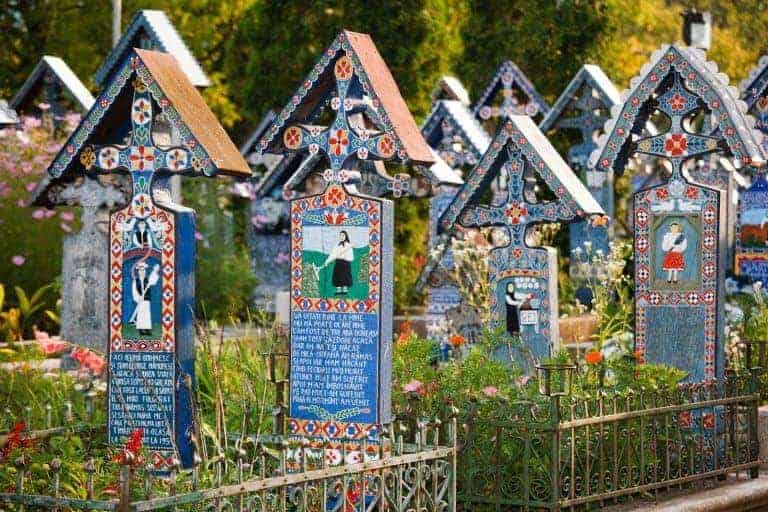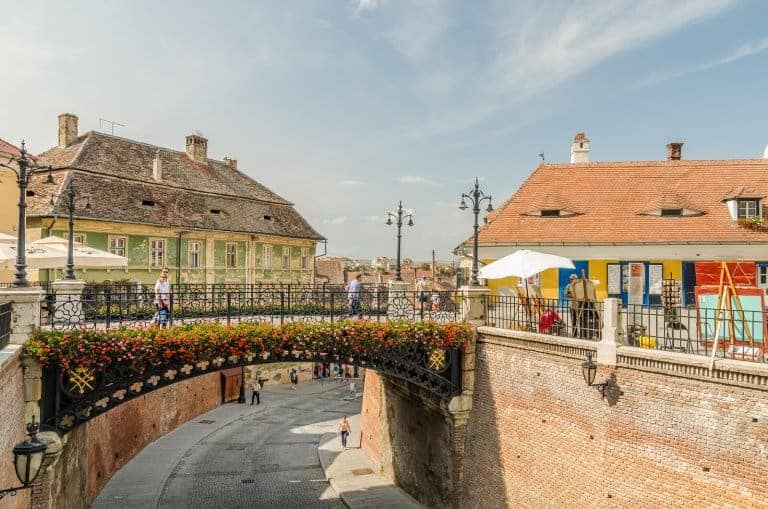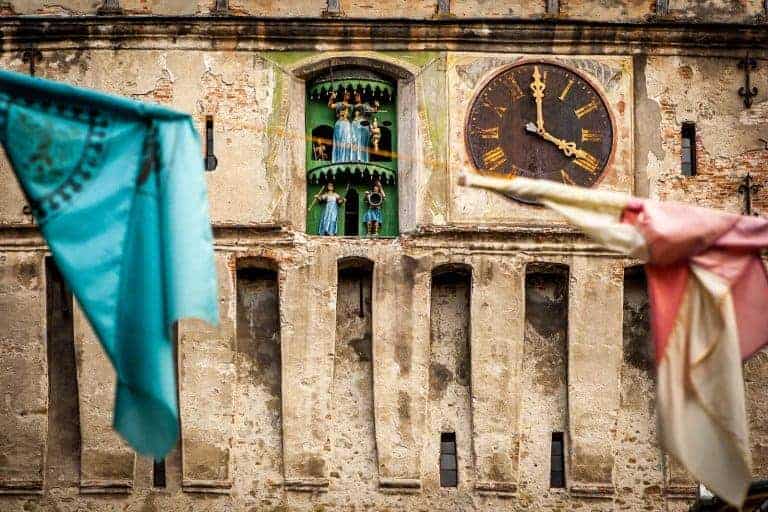The best of Romania
Bucharest is definitely an amazing international touristic destination with all the historical monuments and breathtaking architecture. However, if you fancy a less urban holiday and more authentic Romanian vacation, where only nature surround you, in such a small and peaceful towns, you definitely need to get started to discover the magical North of Romania.

Săpânţa
Săpânţa, 18km northwest of Sighetu Marmaţiei, exudes pastoral charm with vividly hued rugs hanging over walls, fields dotted with hayricks, and horses and carts trundling at a snail’s pace. The main draw of the village, however, is its unique Merry Cemetery..the church graveyard famous for the colourfully painted wooden crosses that adorn its tombstones. The crosses attract busloads of visitors who marvel at the gentle humour that created them and, curiously, villagers seem unfazed by the daily circus. Outside the church, a gauntlet of souvenir stalls hawk embroidered tablecloths, carved gewgaws and woven rugs.
The Săpânţa-Peri Monastery, whose adjoining wooden church claims to be the tallest wooden structure in Europe (75m).

Sibiu – the cultural capital
Sibiu was initially a Daco-Roman city called Cedonia. The town was refounded by the Saxons (German) settlers brought there by the king Géza II of Hungary. The first reference to the area was Cipin and Cibinium from 1191 and in the 14th century, it was already an important trade centre.
During the 18th and 19th centuries, the city became the second- and later the first-most important centre of Transylvanian Romanian ethnics.
After World War I, when Austria-Hungary was dissolved, Sibiu became part of Romania; the majority of its population was still ethnic German (until 1941) and counted a large Romanian community, most of the city’s ethnic Germans emigrated to Germany and Austria. Among the roughly 2,000 who have remained is Klaus Johannis, the current President of Romania.
The city is a little jewel and European Capital of Culture due to the number of churches, walls, museums, theatres and philharmonic…

Sighişoara
So resplendent are Sighişoara’s pastel-coloured buildings, stony lanes and medieval towers, you’ll rub your eyes in disbelief. Fortified walls encircle Sighişoara’s lustrous merchant houses, now harbouring cafes, hotels and craft shops. Lurking behind the gingerbread roofs and turrets of the Unesco-protected old town is the history of Vlad Ţepeş, the bloodthirsty, 15th-century Wallachian prince. He was allegedly born here, in a house that is visitable to this day. Ţepeş is best remembered as Vlad the Impaler, or Dracula, fuelling a local industry of vampire-themed souvenirs.
Allow time & Romania 360 to take you for a journey to Sighişoara’s alleys.

